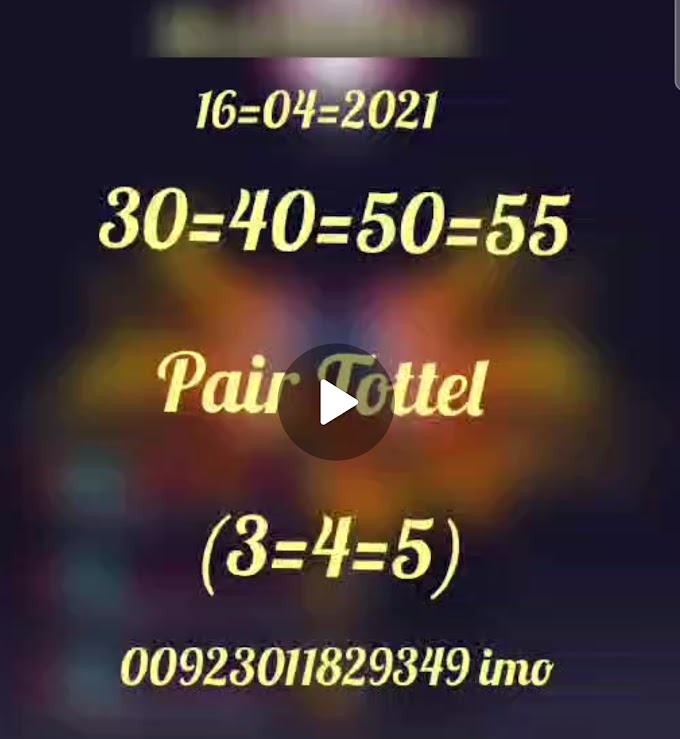Search engine optimization (SEO) is a critical aspect of online marketing, and it plays a significant role in the success of a website. On-page SEO is one of the most essential parts of SEO, and it refers to optimizing individual web pages to rank higher and earn more relevant traffic from search engines. In this article, we will explore on-page SEO, its importance, and how you can optimize your website for on-page SEO.
What is On-Page SEO?
On-page SEO is the practice of optimizing the content and structure of a website to improve its visibility and rank higher in search engine results pages (SERPs). On-page SEO refers to the technical elements on a page such as the content, meta tags, header tags, URL structure, internal linking, and more. These elements can significantly affect a website's ranking in search engines.
Why is On-Page SEO Important?
On-page SEO is important because it helps search engines understand the content of your website and match it to relevant search queries. A well-optimized website will rank higher in search engine results pages and attract more relevant traffic. On-page SEO also helps to improve the user experience by making your website more accessible, easy to navigate, and engaging for users.
How to Optimize for On-Page SEO?
Now that we understand what on-page SEO is and why it's important, let's dive into some practical tips on how to optimize your website for on-page SEO.
Keyword Research
Keyword research is the foundation of any successful SEO campaign. Keyword research helps you understand what your target audience is searching for and what keywords they use to find relevant content. Use tools such as Google Keyword Planner, SEMrush, or Ahrefs to find relevant keywords for your website.
Title Tag
The title tag is an HTML tag that appears in the head section of a web page. The title tag should include the main keyword and be under 60 characters in length. A well-written title tag can improve the click-through rate (CTR) of your website.
Meta Description
The meta description is a summary of the content on a web page that appears in the search engine results pages. The meta description should be under 160 characters and include the main keyword. A well-written meta description can also improve the CTR of your website.
Header Tags
Header tags (H1, H2, H3, etc.) are used to structure the content on a web page. The H1 tag should include the main keyword, and other header tags should be used to break up the content and make it more accessible for users.
Content
Content is the backbone of any website, and it's essential to have high-quality, relevant, and engaging content on your web pages. Content should be written for users and include the main keyword. Avoid keyword stuffing and focus on providing value to your target audience.
URL Structure
URL structure is an essential on-page SEO element that helps search engines understand the structure of your website. URLs should be short, descriptive, and include the main keyword.
Internal Linking
Internal linking is the practice of linking to other pages on your website. Internal linking helps to distribute link equity across your website and improve the crawlability of your web pages. Use relevant anchor text and link to relevant pages on your website.
Image Optimization
Images are an essential element of any website, and it's essential to optimize them for search engines. Use descriptive file names, alt tags, and captions to make your images more accessible for search engines.
Conclusion
On-page SEO is a critical aspect of SEO, and it's essential to optimize your website for on-page SEO to rank higher in search engine results pages and attract more relevant traffic. By following the tips above, you can improve your website's on









0 Comments